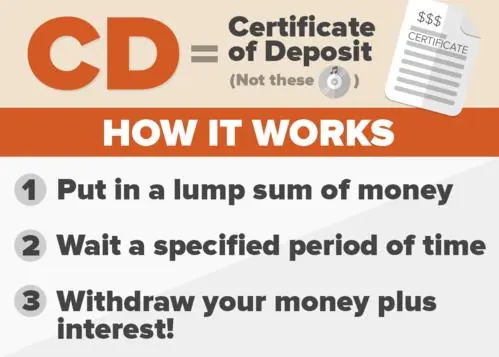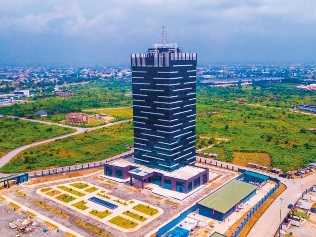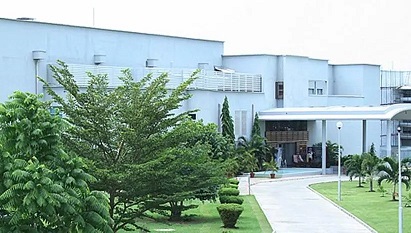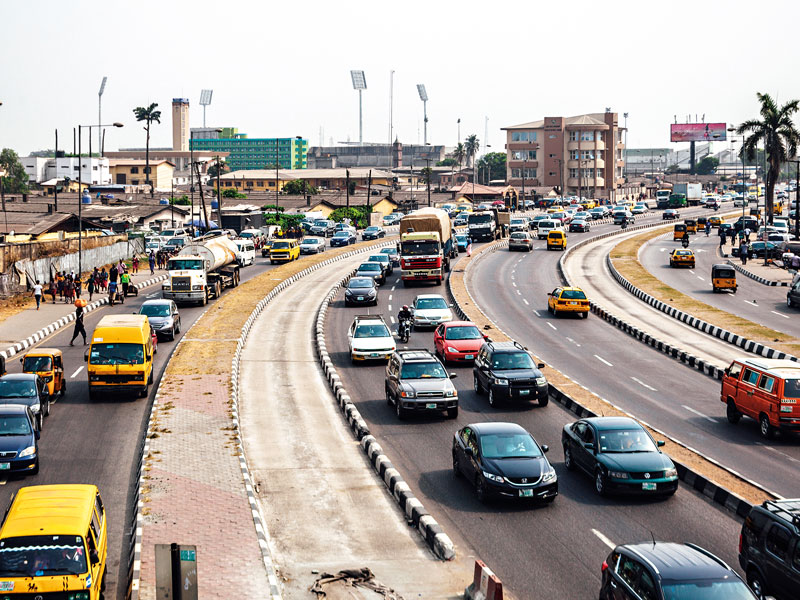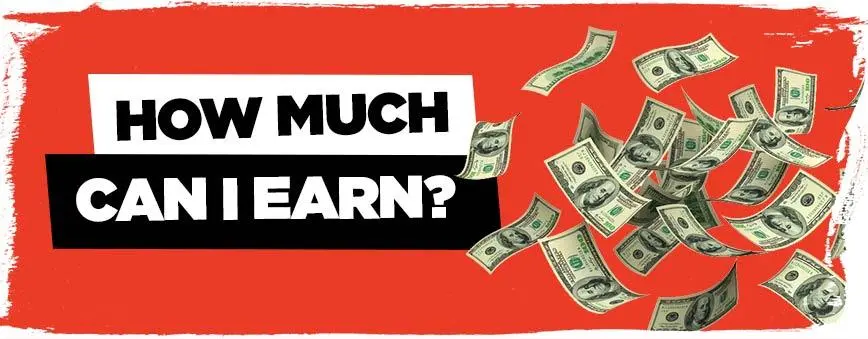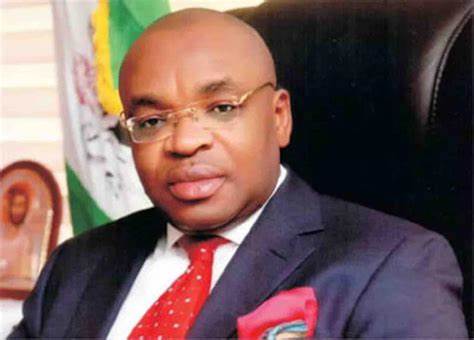An ATM, or Automated Teller Machine, is a specialized computerized device that allows users to perform various banking and financial transactions without the need for human assistance. Here's an overview of what an ATM is and how it works:
1. Definition:
- An ATM is a self-service machine that enables users to carry out basic banking transactions such as withdrawing cash, checking account balances, depositing money, transferring funds between accounts, and more.
2. Components:
- Card Reader: Reads the information on the user's debit or credit card.
- Keypad: Allows users to enter a Personal Identification Number (PIN) for security.
- Display Screen: Displays transaction options, account balances, and other information.
- Cash Dispenser: Distributes banknotes when a withdrawal is authorized.
- Deposit Slot: Allows users to deposit cash or checks.
- Receipt Printer: Provides a printed receipt confirming the transaction.
3. How It Works:
- Inserting the Card:
- Users start by inserting their debit or credit card into the card reader. The ATM reads the card's magnetic stripe or chip to identify the account.
- Entering PIN:
- After inserting the card, users enter their Personal Identification Number (PIN) on the keypad. The PIN adds a layer of security to ensure that only the authorized account holder can access the account.
- Selecting Transaction:
- The user selects the desired transaction from the on-screen menu. Options often include cash withdrawal, balance inquiry, funds transfer, and deposit.
- Transaction Verification:
- The ATM communicates with the user's bank or financial institution to verify the transaction details and account balance.
- Cash Withdrawal:
- If the user requests a cash withdrawal, the ATM dispenses the requested amount of money. The cash dispenser holds a supply of various denominations of banknotes.
- Balance Inquiry:
- Users can check their account balance on the screen. Some ATMs also provide a printed receipt with the transaction details.
- Depositing Money:
- If the ATM allows deposits, users can insert cash or checks into the deposit slot. The ATM verifies the deposit and updates the user's account accordingly.
- Transaction Completion:
- Once the transaction is completed, the ATM returns the user's card. If the user requested a printed receipt, it is provided at this point.
4. Security:
- ATMs use various security measures to protect user information, including encryption, PIN verification, and physical security features to prevent tampering.
5. Network Connectivity:
- ATMs are connected to a network that links them to the user's bank or financial institution. This allows real-time communication for transaction authorization and updates.
Overall, ATMs provide users with convenient access to banking services 24/7, offering a self-service option for routine financial transactions.
